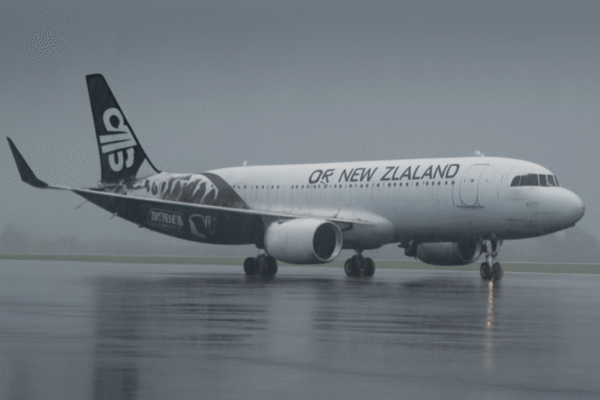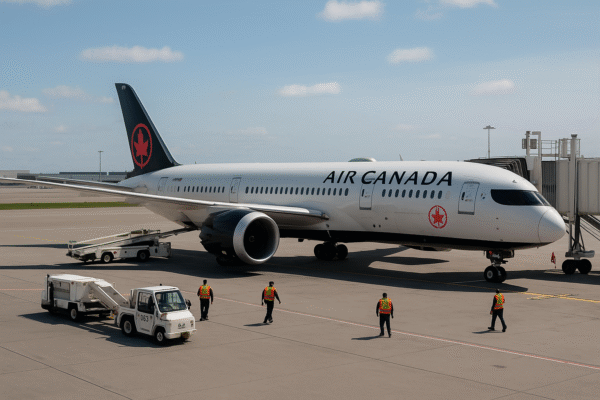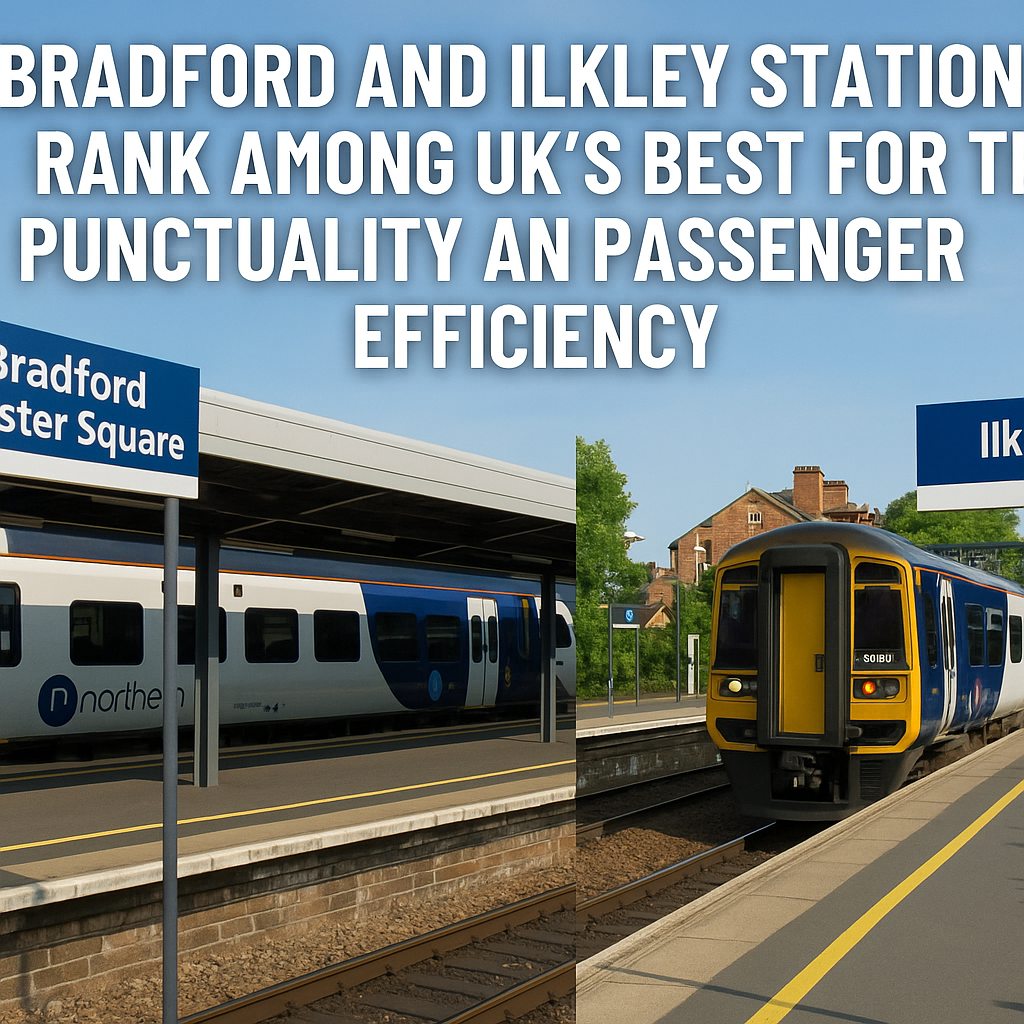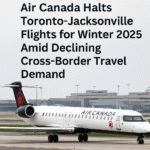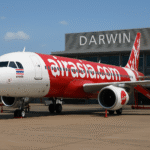Bradford and Ilkley Shine as UK’s Top Performing Railway Stations for On-Time Service and Operational Reliability
West Yorkshire’s railway network received national recognition as Bradford Forster Square and Ilkley stations were ranked among the United Kingdom’s top performers in train punctuality and daily operational efficiency. According to new data from OntimeTrains, these two local stations have emerged in the top six percent of more than 2,600 rail hubs across the UK, setting an impressive benchmark for regional transport performance.
The findings come from a detailed 12-week analysis conducted by OntimeTrains, a trusted independent platform monitoring real-time train reliability and punctuality. With only minimal cancellations and an overwhelming majority of trains arriving within minutes of schedule, Bradford Forster Square and Ilkley stations have secured the 107th and 164th positions respectively—outperforming much larger transport centers nationwide.
Local Stations Deliver Big Results in National Rankings
Bradford Forster Square welcomed approximately 3,907 passengers daily, while Ilkley recorded 3,222—both serving as critical community connectors in the Wharfedale and Aire Valley regions. Despite their moderate passenger volumes, these stations have achieved elite operational efficiency, putting them ahead of major hubs like Leeds and Bradford Interchange in reliability metrics.
In contrast, Bradford Interchange—despite handling more than 6,300 passengers a day—ranked 2,479th out of 2,639 stations, underscoring the growing divide between smaller, streamlined operations and high-traffic urban terminals that struggle under the weight of outdated infrastructure and network congestion.
Rail Operator Acknowledges Performance Gaps
Northern, the regional rail operator responsible for services across West Yorkshire, acknowledged the stark performance disparity. The company praised Bradford Forster Square and Ilkley for their consistently high reliability, while noting that larger network segments, especially those along the Calder Valley and Transpennine routes, face persistent challenges due to congested tracks, ageing rolling stock, and infrastructure bottlenecks.
The company emphasized the importance of targeted investment in both infrastructure and modern train units to improve punctuality across the entire network—particularly in high-demand urban areas.
Comparative Footfall Across the Network
The OntimeTrains report not only evaluated punctuality but also passenger footfall data, offering valuable insight into regional rail dynamics. Here’s how key stations in the region performed:
- Skipton: Ranked 356th with 3,228 passengers
- Shipley: 1,052nd with 3,096 passengers
- Keighley: 991st with 3,631 passengers
- Saltaire: 851st with 1,834 passengers
- Guiseley: 614th with 2,525 passengers
- Leeds Station: Ranked 1,938th with a staggering 68,196 daily passengers
These figures highlight the operational advantage smaller stations can enjoy. With fewer logistical complexities, they are often better positioned to maintain schedule integrity.
Official Data Confirms Exceptional Performance
Backed by data from the Office of Rail and Road (ORR), the performance metrics reinforce the success of these two West Yorkshire stations. Between April 27 and May 24, 2025:
- Bradford Forster Square reported only 1.7% cancellations, with 95% of trains arriving within three minutes of schedule.
- Ilkley Station fared similarly well, with 1.6% cancellations and 93.5% of services running on time.
In comparison, Bradford Interchange saw a 3.1% cancellation rate, and only 70.4% of services were deemed punctual—highlighting the growing pressure on busier terminals and the need for system-wide upgrades.
Why Smaller Stations Outperform Larger Hubs
Rail experts suggest that the strong performance of Forster Square and Ilkley can be attributed to several key factors:
- Simplified Routes – Fewer service branches reduce operational complexity.
- Less Congestion – With lower traffic volume, delays and knock-on effects are minimized.
- Focused Operations – Regional management teams can closely monitor and address issues.
- Upgraded Infrastructure – Incremental improvements at smaller stations are easier and quicker to implement.
These advantages combine to create a smoother, more dependable experience for commuters—a critical asset in promoting rail travel across the region.
Future Outlook for Northern Rail and West Yorkshire
As passenger numbers gradually rise following post-pandemic recovery, maintaining high punctuality will be a challenge even for top-performing stations. Northern has committed to rolling out newer, more reliable trains across its routes, including digital signalling upgrades and track enhancements in key corridors.
Bradford is also poised for a potential long-term transformation with the proposed Northern Powerhouse Rail (NPR) project, which aims to create a high-speed network connecting major northern cities. If approved, the plan could reshape rail travel across West Yorkshire, reducing journey times and boosting reliability for both small and large stations alike.
Conclusion: A Model for Regional Rail Success
In an era when major UK stations are increasingly burdened by infrastructure constraints and capacity limits, the success of Bradford Forster Square and Ilkley presents a model of operational efficiency. Their performance shows that with focused management, smart infrastructure planning, and consistent service, even mid-sized stations can set national benchmarks.
As operators and government bodies invest in broader network modernization, these two West Yorkshire stations stand out as proof that punctuality and passenger satisfaction are not just goals—but achievable realities in British rail travel.
For more travel news like this, keep reading Global Travel Wire






